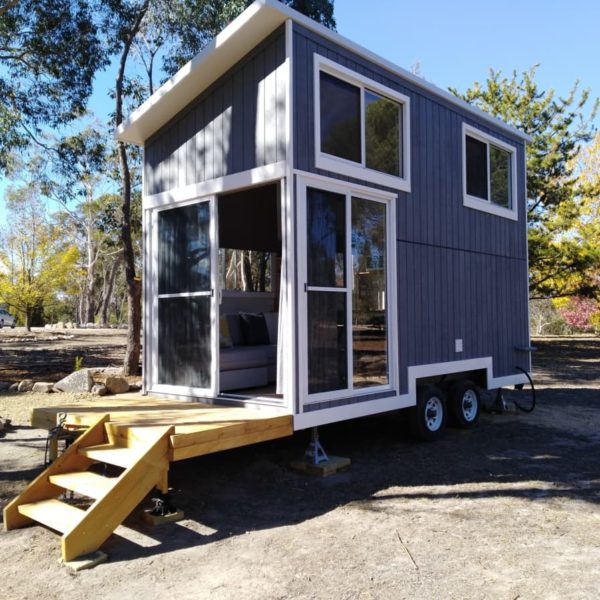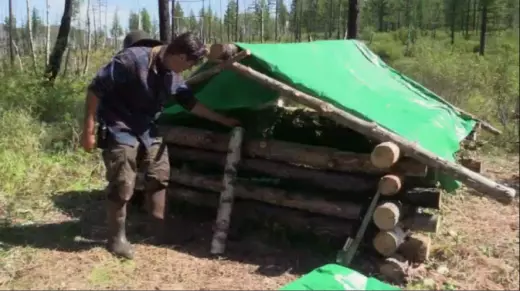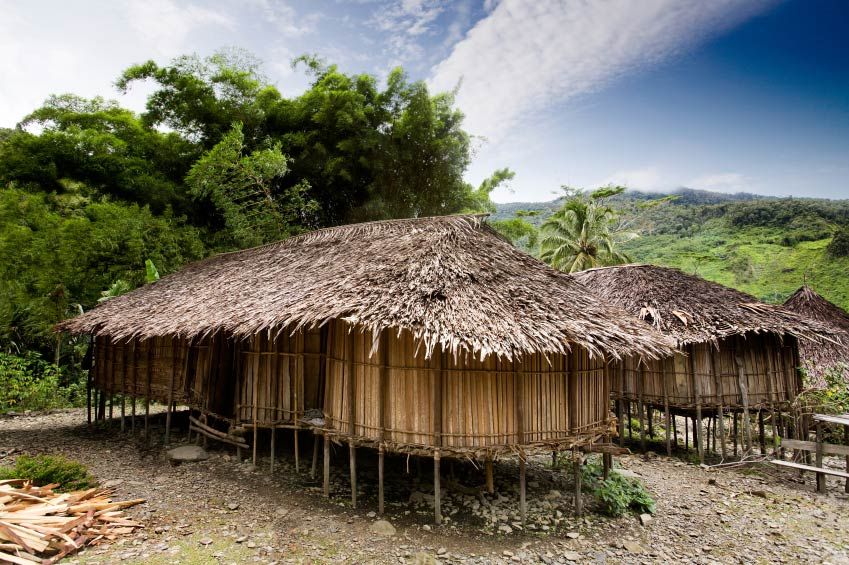He who dwells in the shelter of the Most High will abide in the shadow of the Almighty. I will say to the Lord, “My refuge and my fortress, my God, in whom I trust.” Psalm 91:1-2
Foxes have dens, and the birds in the sky have nests, but the Human One has no place to lay his head. Matthew 8:20
Shelter 1
The unseasonal spring rains this year have prevented me from being outside as much as I would like in the growth season. Rain and more rain. Big fat drops and horizontal windy rain. Hard to escape getting wet sort of rain. Can’t even dash to the car without being drenched sort of rain. Shelter becomes more welcoming in such weather.
I love verandahs around a house; they wrap me up and shelter me whilst still being outside in the fresh air. I can sit and look at the dripping garden, foliage bouncing under the weight of drops. The soil is damp – no watering needed – as it absorbs the gift from the sky. But I am dry and sheltered under the rustic corrugated iron roof. Inside or out, my house is my place, and I can retreat there in comfort. I feel thankful to have a home I can always return to. ‘Home is where you hang your hat’, someone said. I have heap of hats for every occasion, and when I come home, I throw mine back on the pile.
I think about people without shelter. The news is troubling as I see whole apartment blocks in Ukraine blown apart. What does one do next when home has disappeared under a pile of rubble? Nowhere to make children feel safe; no water or electricity. No shelter from the paralysing cold. No soft mattress at night. I shiver and wrap my granny rug around me as I relax in my recliner in the warmth and peace of my home. What have I done to deserve a safe shelter?

Shelter 2
Does it matter what size your home is? I recently met friends who made the decision in retirement to live in a ‘tiny house’. As I pack up our stuff to move house and ‘downsize’, it doesn’t compare to their adventurous move to a carefully designed place that measures 8m x 2.5m – for everything! They speak of intimacy and liberation from stuff, of having a spot for every vital belonging, and having to go to sleep and rise together as there is no space for individual movement without disturbance. This is their shelter for now and it means as much and more than the five-bedroom house they moved out of, because it is a shelter adventure.
I think about why we ourselves might still need a house with several bedrooms, bathrooms and living areas. My sense of home and shelter is challenged by my friends’ decision. We are downsizing our property, but not our house. Unlike so many of our friends, we don’t feel ready for a retirement village unit, let alone a ‘tiny house’. I do not need a lot of space for my lifestyle, but I still feel the need to be able to welcome our large family to our home. Giving hospitality is high on our list – we want to share our home, and that takes space.
Clearly, however, a sense of shelter and a roof over our heads is not dependent on size. Our homes reflect what we value at any particular stage of our lives. My artist husband will always need space for painting and all that goes with it. He is not ready to leave that behind, although will be challenged to use a smaller space. Art is part of his sense of shelter and who he is, and I hope that he will find a new expression.

Shelter 3
I enjoy watching the TV series ‘Alone’. There is something addictive about seeing people on their own in the wilderness trying to survive in order to win a prize. From my observation, the successful participants are often those who manage to create a weatherproof and warm shelter early in their adventure. They usually have only a tarpaulin to begin with and some are still using that when they leave. Food and shelter compete on the needs hierarchy in the first few days, but I am always surprised when they do not prioritise making a wind and rain proof shelter.
Some are satisfied to have somewhere dry to sleep and keep their gear. Others add branches and moss for insulation. Some manage to set up a fire inside for continual warmth and comfort – that always appeals to me. One person dug downwards into the earth to make a pit house under her tarp roof and showed a strong sense of shelter as she used a great deal of her energy to set it up. Others created swinging doors and protection from wild animals. A soft base for a bed looked like a good idea and many used springy natural materials to create a soft, welcoming mattress. Some did not really have a comfortable place to sit in their shelter, but those who did make chairs often were the most creative in whittling toys, utensils, games or musical instruments. I am sure this level of comfort in their shelter enabled them to stay longer.
As the days dragged on, participants would start to miss their homes and families. It is not natural to be completely alone; their sense of shelter is bound up with the loved ones who live there, and those reflections, (along with their family photo), would often precipitate their decision to give up and go home. No matter how well they build their shelter, home is where you want to be with people you love; shelter and relationships are inseparable for me. I have never, however, lived alone.

Shelter 4
The remote highlands of West Papua can be quite chilly, even though the country straddles the equator. The locals wear very scanty clothing that involves only a penis gourd or grass skirt so their homes are important shelters. Their crude (to us) grass huts on the hillside are cosy shelters with interior fires to warm them through the cool nights. The family members, rubbed in pig fat for insulation, curl up on the ground around the fire, sharing body heat, while the smoke from the fire curls upward and out through the central hole in the thatched roof. Body contact in a tiny hut around a fire is the epitome of warm shelter, from which they emerge in the morning with their arms characteristically wrapped around their necks to retain heat. Their shelter is not just their fire-warmed huts, but warmth from their families and their own bodies. Intimacy can be challenging in such proximity!
When my little son saw photos of these huts and heard that we might be living and working there, he said he did not want to go to West Papua. Probing revealed that he thought the big bad wolf would blow down the houses of straw that he saw in the photos. Based on the children’s stories in his books, his idea of safe shelter was something more substantial than a thatched dwelling. Our sense of shelter is culturally shaped, which raises many questions about people reared in ‘Mc Mansions’ with television sets in every room.
I have been shaped by a life of constant moves – I have lived in thirty-five homes, not counting short stays. Some of those houses have been very basic, but they have all been our homes and I have never been without a place of shelter. There have been many lessons from a such a nomadic life, but the main one is that home is where you are.
